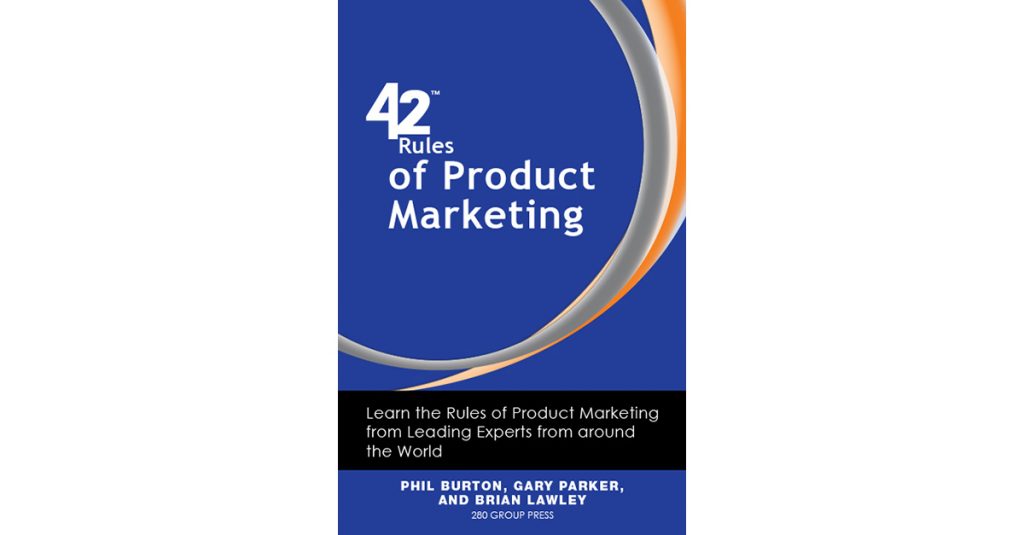
Product Marketing Rule #6 from the best-selling book, 42 Rules of Product Marketing, was written by John Armstrong, Consultant, previously Director of Product Marketing at Guidance Software
The ability to work and communicate effectively with industry analysts can make a significant difference in the analyst’s perception of your product or service.
If you are recognized by your company as a subject matter expert in your product marketing role, you can expect to eventually participate in meetings with industry analysts, usually as part of the typical external launch process. Industry analysts function as experts within a product or market segment, have a unique perspective on the competitive landscape and market trends, and can be key influencers when your product or service is being considered by a prospect. Reports written by respected industry analysts are widely read by existing and potential customers, investors, re-sellers, as well as other vendors. Analysts are also tapped by industry press who are looking for an expert opinion or quote for an article.
Having spent nearly four years as a Vice President and Chief Networking Analyst at Gartner, I can assure you that the ability to work and communicate effectively with industry analysts can make a significant difference in the analyst’s perception of your product or service, and ultimately, how your company is viewed in the broader competitive environment. Successfully interacting with analysts is a critical skill for every product marketing professional to master.
Unless you work for the tiniest of start-ups, the initial contact, analyst relations management, and meeting arrangements will be handled by the PR/AR person representing your company. They will have already identified the analyst(s) associated with your product and/or market. Your job will be to talk expertly about your product and explain what makes it different and better than existing solutions in the market, all in an attempt to positively influence the analyst.
There are Right Ways and Wrong Ways To Do This
Here are a few helpful tips:
- Take a look at what the analyst has written lately. This will help you understand his/her perspective on the market and competition, and enable you to better focus your discussion.
- Keep your presentation deck brief, polished, and to the point. You have limited time to present your story. Highlight what is unique about your product or service, and what distinguishes it in the market. Stick to the facts, avoid hyperbole, and don’t give a sales pitch.
- Be completely honest when responding to a question from the analyst. The analyst may already know the answer and is simply looking for confirmation. Don’t try to obfuscate or hide unflattering news, as the analyst will find out anyway.
- Know your stuff. Analysts will sometimes ask detailed technical questions, and it is best if you can respond in real-time during the call.
- Listen. If the analyst suggests that your product or service needs improvement in specific areas, pay attention. Whether you agree or not, it is virtually certain that many of your prospects will.
- Ask questions. Without exceeding the bounds of NDAs, analysts like to share their knowledge and insight…That’s what their clients pay them for. Maybe you will learn something new about your competition!
Some Other Things to Keep in Mind
You don’t have to be a client to meet with an analyst firm. Any vendor can request a briefing with an analyst, but don’t automatically expect that the analyst will write about your product unless it is a game-changer, or it falls within a current focus of research for the analyst.
Analysts are particularly interested in meeting with companies that can move markets, either with innovative or disruptive new products and services, or through the weight of established solutions. There are no guarantees, but by observing these guidelines, you can improve your odds for product (and career) success and be on your way towards developing productive relationships within the analyst community.
Product Marketing Rule #6 from the best-selling book, 42 Rules of Product Marketing


